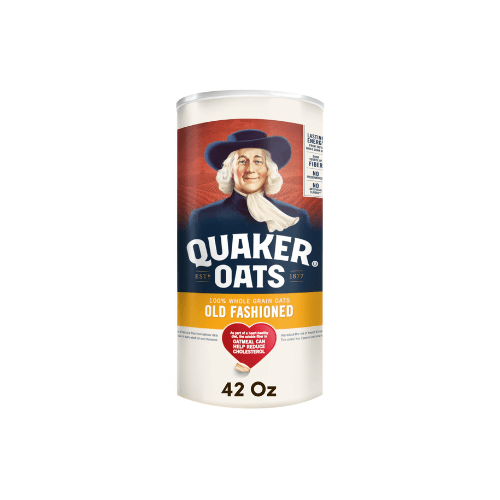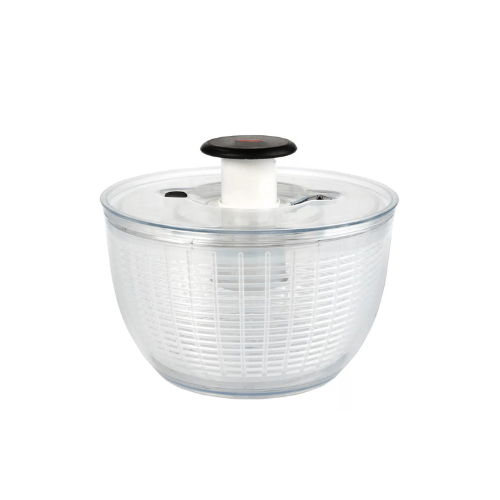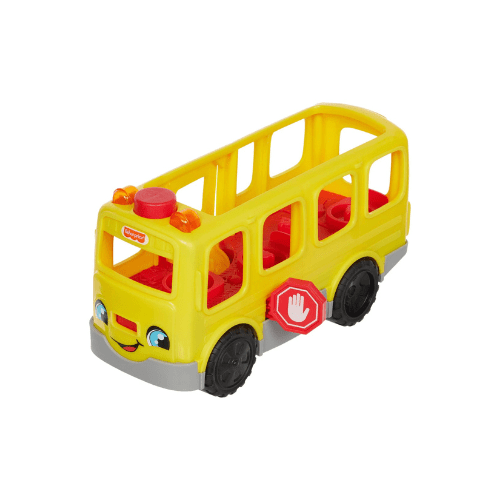Toy Recommendations
General Guidelines
** Our research group has not accepted any monetary incentives for our recommendations. We have compiled this diverse list of toys and household item to help support your child’s communication.
Choose traditional toys over electronic ones
Children are often drawn to things that light up and make noises, and smart toys can seem like the new thing to help them learn and grow. However, they are not the best for promoting a child’s social language and ability to engage with others.
Pick toys that fit your child’s current play skills
Remember the best way to maximize a child’s interest and learning opportunities is to start playing at their current level. Often parents tell us their child is uninterested in toys, and we find that the toys they have been trying are just too complicated for their child.
- Simple: If they are mainly holding objects or putting them in their mouth, start by rolling a ball, pushing a car, or crashing a tower of blocks.
- Combination: If they are combining two or more objects in play, you can start by putting people in a bus, sticking toppings on a toy pizza, or cutting toy fruit apart with a fake knife.
- Pre-symbolic: If they are acting out familiar actions like drinking from a toy cup, or feeding a stuffed animal, you can join them in simple imaginary play. Start by modeling basic actions they do frequently like eating, drinking, walking, and bathing.
- Symbolic: If they are setting up multi-step sequences pretending the toy has a life, pick toys that add new steps onto their routine. For example, if they are putting figures in a bed, covering them with a blanket and then pretending to have them sleep you can pick toys where they can act out getting ready for bed like a toothbrush, soap, towel, and pajamas.
Be flexible in how you play with toys
It’s easy to get caught up in your own plan for the toy and forget your child may have different ideas. If your child has an idea, take a step back and follow their lead. It’s ok if they aren’t playing in the way the toy was intended to be used.
Everyday objects also make great toys
Sometimes the best toys are objects already in your home. We use salad spinners, Tupperware containers, and empty diaper boxes in therapy. In addition to traditional toys, we will be adding non-traditional toys and ideas for how to use them in this PDF.
Have fewer toys available
Research has shown that access to fewer toys at a time is related to better quality of play. In other words, having only a few toy options encourages children to play with toys longer and to get creative with how they play with them. One tip is to periodically rotate out your toys. Try packing away half them in storage, and then switch them out every month or so. Not only will you be supporting your child’s play, it will also help you limit new toy purchases because the ones that come out of storage will seem new and exciting to your child again!
Our Recommendations

Animal Safari Truck

Birthday Party Cake

Board Books as Toys

Build-a-Track

Canisters

Cookie Set

Cups

Cuttable Food

Laundry Bin

Lonely Socks

Magnet Tiles

Mr. Potato Head

Nesting and Sorting Garages

Play Bathtub

Puppet

Salad Spinner

School Bus

Shape Sorter

Spin Again

Spray Bottle

Stacking Ball Ramp

Stacking Ice Cream

Tape

Toilet Paper Tubes


